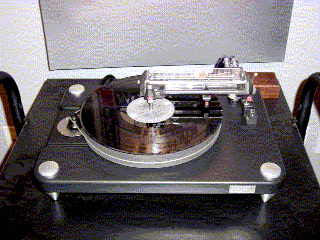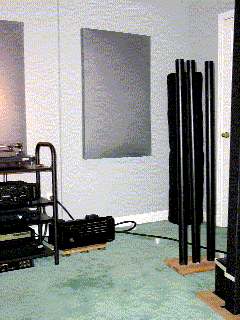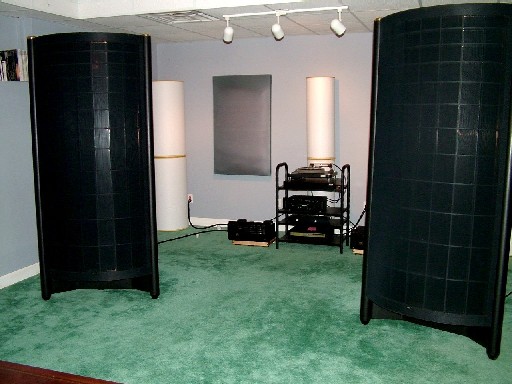I've been using Acoustats since about day one. Late in '76, Reiman and Strickland flew a pair of Xs to Atlanta for Dr. Cooledge (JWC of TAS) to review. I had a chance to meet them and hear the new "budget" electrostats. JWC was using Dayton-Wrights at the time. In early '77, I bought a pair. Sometime in the '79 timeframe, they introduced the concept of the Monitor 4 that added a panel and raised them a bit atop a stand. I retired the servo amps and moved to the biformers with a Threshold amp.
I used them until '82 when the 2+2s first came out. By '84, I had updated the panels to the latest OFC wire versions and the interfaces to the "C" (Red Medallion) spec. As with the Monitors, I discovered that the original "burlappy" grill cloth muffled the high end. So for a while, I ran them naked.





